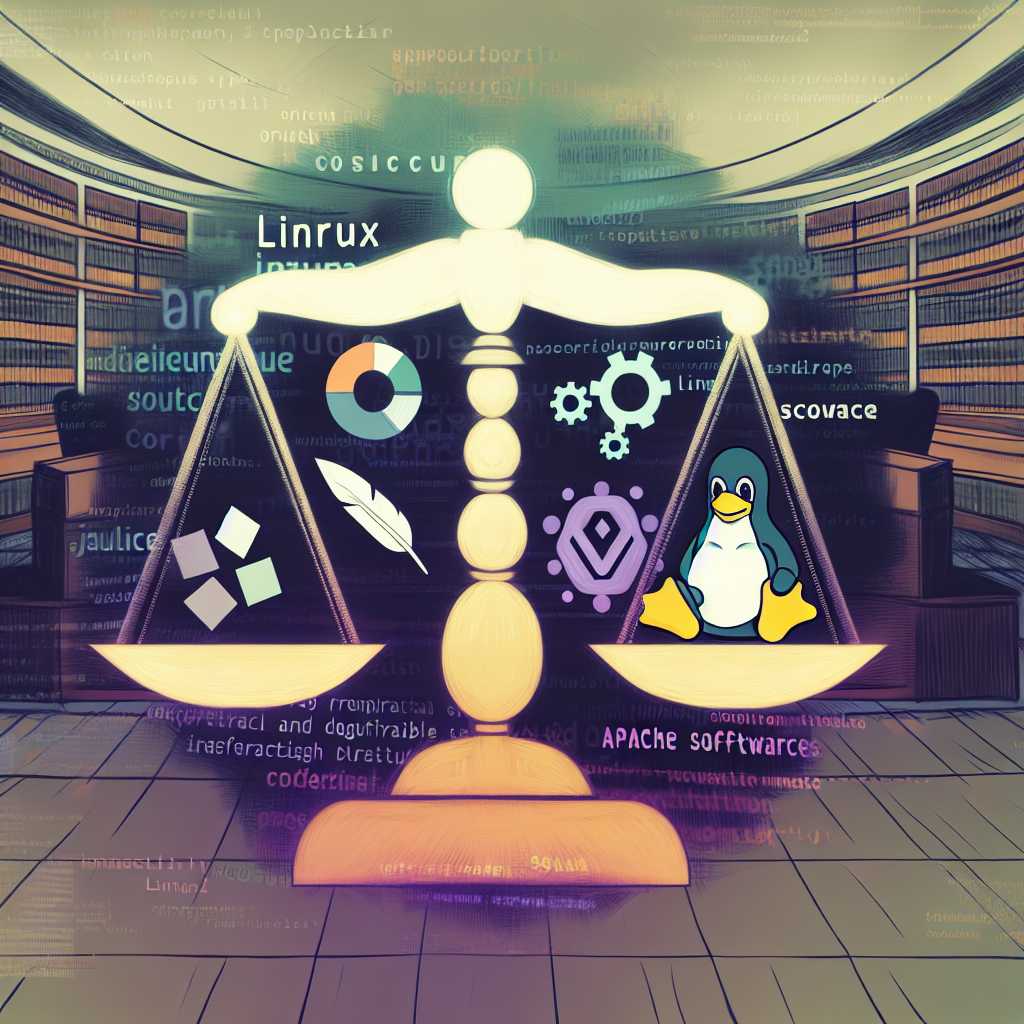In the dynamic world of business-to-business (B2B) transactions, establishing a clear and comprehensive contract is crucial to ensure that both parties fully understand and agree upon the terms of their commercial relationship. This is especially true in the domain of software licensing, where intellectual property, usage rights, and compliance with open-source licenses must be precisely outlined. Here’s a step-by-step guide to help you navigate the negotiation and creation of a B2B contract for a commercial software license.
Step 1: Initial Negotiations
Before drafting the contract, both parties should engage in preliminary discussions. This involves understanding each other’s business needs, goals, and expectations. The licensor must ascertain how the licensee intends to use the software and the scale and scope of this usage. Open communication at this stage helps in identifying potential issues and setting the groundwork for the terms of the contract.
Step 2: Define the Scope of the License
Identify what type of license you are granting—is it exclusive, non-exclusive, or perpetual? Clearly define the extent of rights being licensed, such as distribution, modification, or sublicensing. Additionally, if the software includes open source components, the contract must address compliance with any relevant open source licenses.
Step 3: Determine Financial Terms
Financial terms should specify all the costs associated with the license agreement. This typically includes the licensing fee, payment schedule, taxes, and other potential costs like maintenance, updates, or support services. Clearly defining these terms reduces the potential for misunderstandings and disputes.
Step 4: Establish Warranties and Liabilities
Part of crafting a robust contract involves specifying warranties for the software, including its performance, non-infringement of third-party rights, and conformance with any agreed-upon specifications. Along with warranties, define the liabilities—particularly in case of software malfunction or security vulnerabilities.
Step 5: Outline Termination Conditions
A contract should always specify the conditions under which it can be terminated. This includes breach of agreement, mutual consent, or failure to meet payment obligations. Detailing the termination process and any post-termination responsibilities, such as data return or deletion, is crucial.
Step 6: Review Compliance with Applicable Law
Verify that the contract complies with applicable business and intellectual property laws. This step may involve consulting legal experts to ensure that all clauses comply with industry standards and regulatory requirements, including specific compliance for open source licensing.
Step 7: Draft and Review the Document
With all terms discussed and agreed upon, the drafting phase begins. This step involves creating a detailed document encompassing all previously negotiated points. After the draft is complete, conduct a thorough review with legal professionals from both parties to refine and finalize the document.
Step 8: Execution and Implementation
Once both parties have reviewed and approved the contract, the final step is execution—signing the contract. Ensure that both parties retain copies and commence the implementation of the contract’s terms as agreed.
In conclusion, crafting a B2B software license agreement requires due diligence and meticulous planning. By following these steps, businesses can forge strong partnerships and ensure the successful and lawful use of software products.
Disclaimer: This article provides a general overview and should not be considered legal advice. For specific legal inquiries, please consult a licensed attorney.


